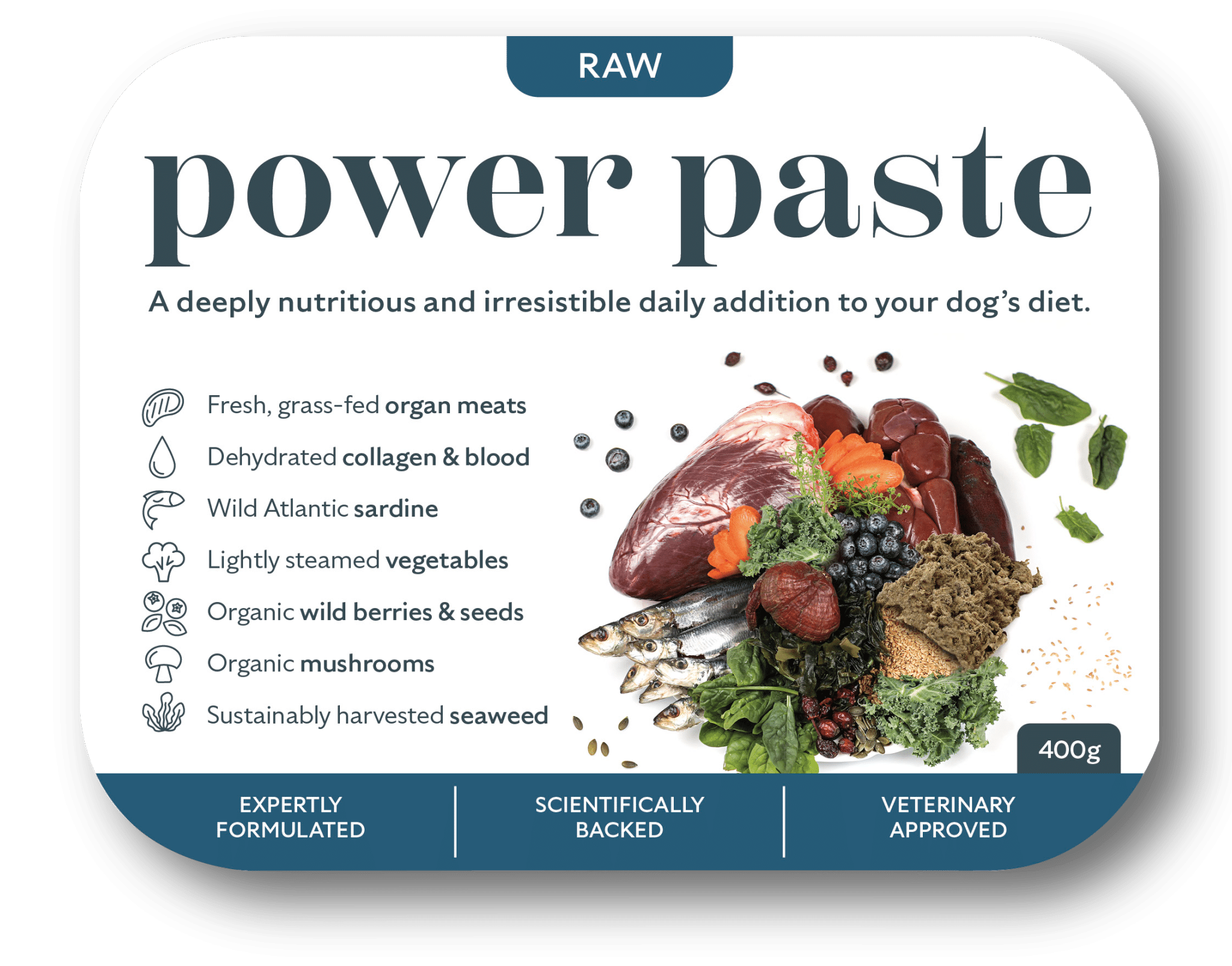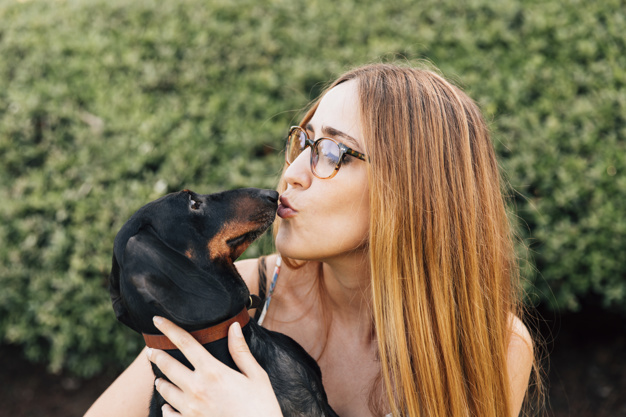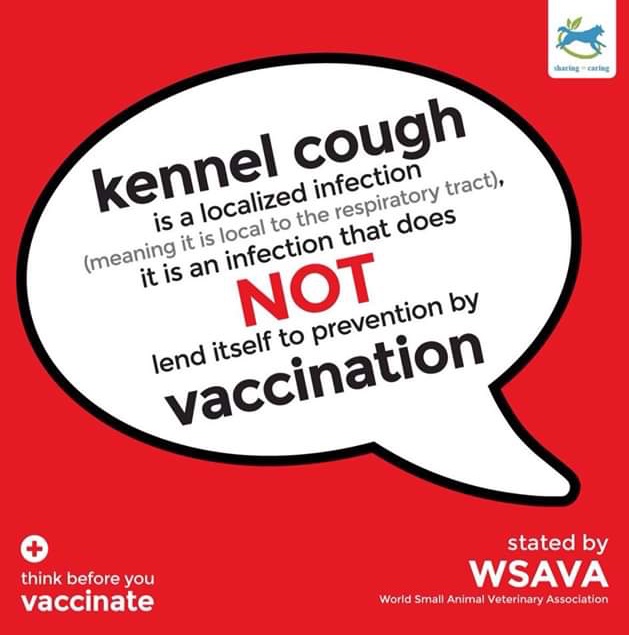120 Fatal Reactions to the Leptospirosis Vaccine NOBIVAC L4 in its First Three Years…”
Quite the stat from the Daily Telegraph (02/07/16), wasn’t it?! Just another annual booster that we are told is “perfectly safe to be given each year”, which is sadly killing hundreds of dogs in just the UK alone.
This ones for leptospirosis, which is not recommended as a “core” vaccine to be given routinely to your dog unless in a leptospirosis area, though it has, of course, become the norm for all dogs today.
As well as the hundreds dead, owners are reporting swollen glands, epileptic fits and blindness.
….in the last two years, regulators have received 2,000 reports of dogs having suspected adverse or fatal reactions …reports made to the Government’s Veterinary Medicines Directorate (VMD) indicate more than 120 dogs are feared to have died…in the three years the product has been on the market…
The article goes on to tell us:
…the vaccine, which is manufactured by MSD Animal Health, a subsidiary of American conglomerate Merck Sharp & Dohme, is currently being monitored by the VMD…However the regulator has refused to reveal the total number of animals that had been affected since the product came onto the market…
Imagine. The “regulator” not playing ball. Best continue to “monitor” the situation, at least until a few more euro’s are made by the struggling drug company, I guess.
To be fair, the manufacturer states that over a million doses are given per year and that the incidence of side effects in relation to sales, is low. However, while we do not know the actual side-effect figure, reports in the numerous Facebook groups set up to document the harmful effects of this vaccine, such as “Nobivac Lepto 4 – our experiences“, which has 9000 members and growing, including plenty of veterinary testimony, indicate it’s not insignificant. Moreover, I’m not sure a kill rate of 1 in 25,000 doses would be entertained for long in human circles.

Taken from “Nobivak Lepto 4 – Our Experiences”, this is Julia Tompsett’s dog, apparently one week after his Nobivac Lepto 4 vaccination.
What is the Incidence of Leptospirosis / How Likely Is My Dog to Pick up Leptospirosis?
When you get vaccinated for a virus, eg the MMR vaccine (Measles, Mumps, Rubella) for human babies, it provides lifelong immunity; hence you do not receive boosters yearly. As Edward Jenner roles in his grave, for some reason, dogs now need to be boosted EVERY YEAR for their core viruses (Parvo, Distemper, Adenovirus) even though not a SINGLE STUDY supports such a need and AGAINST the advice of the world’s top veterinary immunologists including WSAVA, the veterinary governing body (“why are we boosting dogs every year for viruses?“).
So, annually, “boosting” an already vaccinated dog for viruses is absolutely unnecessary and a complete waste of money. While we are often reassured that they are “perfectly safe” (as we see from the above article, they absolutely are not) and better give it “just in case” (you shouldn’t; I’ve sourced many studies to show the practice in dogs has always been littered with side effects, particularly in small dogs.
However, Leptospirosis is a bacteria, not a virus. Immunity for it does wear off. Until a couple of years ago, the leptospirosis “vaccine” only guaranteed immunity for six months; only now has it been “improved” in 2015. Leading veterinary immunologist Ronald D Schultz said that up until that point, you may have needed to give a lepto vaccine as often as four times a year! As vets have always only given this jab every year to all our dogs, how come all these unprotected dogs didn’t get lepto? The reason is, and as with most things that can harm your dog, leptospirosis is perhaps not so rampant an issue as you are lead to believe, certainly not in city/town dogs, though by all accounts, it is certainly a well-advertised one.
Ghneim et al. (2007) found dogs were 12 times more likely to get the bug if drinking from contaminated outdoor water supplies. Specifically, a stagnant body of water such as a puddle or pond contaminated with rat or livestock urine. For this reason, herding and hunting dogs working on farms or out in the countryside are more susceptible (Stokes and Forrester 2004). Areas with no farm yards and millions of dogs, such as town and city-living dogs, very rarely suffer the issue – eg in all 5 boroughs of NY city, 8mil people, there are only 15 CASES of lepto per year. How many died is unknown.
Learn more about your dog’s skin, ear and gut issues with Dr Brady’s Canine Allergy course
Ask your vet how many cases of Leptospirosis they are seeing
The ideal would be for you to find out from your local vet the actual incidence of Lepto in your area, not their friends’ clinic. What’s happening in your hometown? How many cases in your area have they treated this year? You can then take this information, and now, armed with the potential risks, you can make a better decision on whether to do it or not.
Sadly, even if the Leptospirosis jab works, it doesn’t stop the dog from shedding Leptospirosis in its faeces (Schultz 2006), so you or another dog will not be protected should they mess around with their poo. That said, to date, there has never been a recorded case of dog-human transmission of Leptospirosis.
So, what is the actual incidence of this disease?
On their website “Future of Vaccination“, MSD (the manufacturers of Nobivak 2 and 4 amongst others vaccination drugs), amongst others) state clearly on their front page that:
exposure to leptospirosis is relatively common…
In May 2014, Christopher Ball from the University of Liverpool presented a thesis about leptospirosis in dogs. He thanked “MSD Animal Health for funding the project, without which none of this work would be possible”.
They contacted 472 veterinary practices from all around the UK in 2013, specifically asking them about the incidence of leptospirosis infections in their clinic. 89 clinics returned the survey. 13 clinics reported possible cases of leptospirosis. Only 3 of these 13 were diagnosed in a laboratory, the rest were suspected. No practice reported more than one case.
It was interesting to note that of the 13 suspected cases in 2013, one was in a dog “vaccinated” for one type of leptospirosis (there are many types, hence you have to hope your dog gets the right one, damn bacteria and their rapid evolution).
So, 13 suspected cases, hardly “relatively common” that MSD state on the front of their website, unless its relative to the incidence of bubonic plague in the same year.
And yet the company who sponsored this study and makes the drug didn’t come out and admit that incidence of this disease appears too low to support the need to vaccinate 15million UK dogs. Funny that!
Nor did any other veterinary group, which is less funny.
It’s worth noting here that the only way Leptospirosis can be identified is by blood tests or post-mortem which is rarely conducted by owners of deceased pets, largely for financial reasons, so there may well be a lack of reporting on the disease.
But the fact remains that all our dogs are being vaccinated based on the ANECDOTAL evidence of a drug company and a few vets. There were only 3 diagnosed cases of leptospirosis in 89 UK vet clinics in 2013.
Ball goes on to mention two key bits in his study:
Due to the perceived low rates of infection in the UK, the canine leptospirosis vaccine is not currently considered a ‘core’ vaccine in the UK (unlike the vaccines for parvovirus, para-influenza virus, canine distemper and infectious hepatitis)
And,
In the UK, the human vaccine is not routinely administered due to the low incidence of cases (between 50-60 a year) (HPA, 2012)
So 50-60 human cases is not enough but a study revealing a mere 13 suspected cases (3 by a laboratory), one where the dog was supposed to have been “vaccinated”, is enough to warrant the annual vaccination of 15million UK and Irish dogs with a drug known to have killed 120 dogs in three years, not to mention the thousands documented to have suffered very serious side effects?!!
Canident – tartar remover for dogs
Aside from being potentially very harmful and not so likely to occur in the average pet, the Leptospirosis vaccination has a number of other issues…
First, there are many serovars (types) of Leptospirosis, only a few of which are pathogenic. Leptospirosis vaccines are species-specific so you’re hoping your dog picks up the right one (the 4 in Nobivac4 means 4 different strains are boosted for, it used to be 2). Major et al. (2014) investigated a minor outbreak of Leptospirosis in Bern, Switzerland. They focused on a single veterinary hospital in which 298 dogs were found to have contracted Leptospirosis over ten years. Vaccination history was available for 251 of these dogs (84.2%). Of these, 95% had been adequately vaccinated against Leptospirosis. So, that’s not good. But it gets worse.
Incredible work by Catherine O’Driscoll of Canine Health Concern reveals that the jab itself is possibly responsible for a large amount if not ALL, of the Leptospirosis we are seeing out there. WHAAAATT? Surely not Conor? You need a vaccination for stupidity; vaccinations are perfectly safe! Well, listen to this stat: 100% of dogs with Leptospirosis contracted it three months post-vaccination.
In 1997, Canine Health Concern conducted a colossal post-vaccination survey (involving Catherine O’Driscoll, Dr. Jean Dodds and other heavy-weights). They had data from a whopping 3,800 candidates. The participants were asked to list their dogs’ illnesses and to state how soon they occurred after the date of vaccination. They aimed to see if there was a time frame bias between vaccination and the onset of illness. The results are simply breathtaking. The incidence of practically every disease increased following vaccination/booster, but among the most stand-out were the following:
- 3.8% of dogs surveyed had allergies, 69% started within the first three months after vaccination
- 2.1% of the dogs surveyed had epilepsy, 73% occurred within the first three months following vaccination
- 68.2% of reported Parvovirus occurred within three months of vaccination
- 100% of dogs contracted Leptospirosis within three months of vaccination
For more, check out my summary article on this study
From this, the authors were able to conclude beyond 99% certainty that they could show a definite statistical correlation between a vaccination event and the onset of a number of specific illnesses. So, big news. They took their findings to the British Government as well as various Vet Associations. In Catherine’s words:
The British government expressed extreme interest in this survey’s results, and the Veterinary Medicines Directorate asked to examine our base data. We were willing, provided they appointed an expert skilled in statistical analysis with no ties to the veterinary vaccine industry. They put up an academic who was a consultant to Intervet, a veterinary vaccine manufacturer.
Biofunction8 – gut soother for dogs
Advice regarding annual boosters and the Leptospirosis Vaccination
The facts about Leptospirosis in the general population are this:
- The incidence of leptospirosis is clearly very low, with farm or hunting dogs most at risk
- The vaccines are not fully effective against all serovars
- Of 251 Leptospirosis cases in Switzerland, 95% were vaccinated
- 100% of dogs seem to get Leptospirosis within three months of the jab
- Side effects of the jab are rife.
All this considered, I absolutely do not give this vaccine. The risk-benefit analysis does not support this jab—rather, the tiny risk of a baddie than the chemicals used to prevent them in this case. Duds will just have to take his chances. In the unlikely event that it hits the fan, then I’m confident I’ll have him at the vet for antibiotics before things get serious.
That said, it would be highly irresponsible of me to tell you to do the same.

What about the other vaccinations?
Best practice for their core virus vaccines (Parvo, Distemper, Adeno) is to vaccinate them properly as pups (as you would a human baby with MMR) and then, at a maximum, check their blood for the antibodies every 3-5 years via a blood titre test. That said, distemper does not exist here in Ireland (or in neighbouring UK), and adenovirus hasn’t been seen in 20 years!
As with everything, keeping your dog fit and healthy, with the strongest immune system, is the most important aspect of their wellbeing, enabling them to fight off infections and cope better with any vaccine reactions.
For more advice on how to achieve optimum health for your dog, with a fresh diet being the top priority – book a consult















